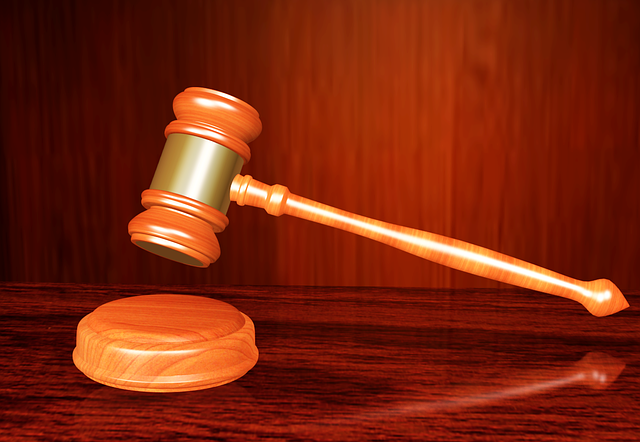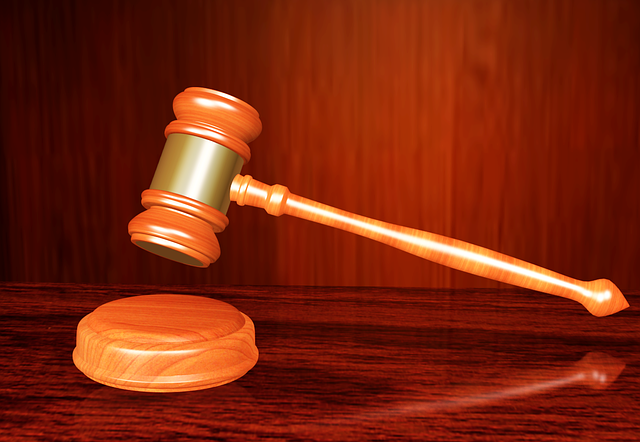Lawyers are key in shaping successful personal injury case results by transforming legal details into compelling narratives. They tell stories, using relatable language and emotional elements, to illustrate clients' struggles and the impact of accidents like truck collisions. In high-stakes cases, attorneys must master complex legal issues, consider unique factors, and strategically present evidence to ensure just compensation for victims. Through chronological narratives incorporating timelines, witness accounts, and expert opinions, lawyers demonstrate clear cause-and-effect relationships, leading to favorable personal injury case results.
In the realm of personal injury law, effectively showcasing case results is paramount to achieving justice and fair compensation for clients. This article delves into the art of presenting compelling narratives, demonstrating legal expertise, and quantifying damages. From crafting detailed accounts of unique case aspects to leveraging expert witnesses and analyzing medical records, lawyers navigate a complex landscape to ensure every client’s story resonates with the jury. Learn proven strategies to advocate for fair personal injury case results.
- Presenting Case Details: Crafting a Compelling Narrative
- – Overview of the personal injury case and its unique aspects
- – How to structure the presentation of facts and events
Presenting Case Details: Crafting a Compelling Narrative

When showcasing personal injury case results, lawyers play a crucial role in presenting the details of each case in a compelling and persuasive manner. Crafting a narrative that resonates with clients requires an artful blend of legal expertise and storytelling. A successful lawyer will structure the case details as a captivating tale, often beginning with the client’s initial struggle or the incident that led to their injuries. By using relatable language and highlighting emotional aspects, they draw readers in, making even complex legal matters accessible.
For instance, in the context of truck accidents, a lawyer might narrate a story about a hardworking individual whose life was turned upside down due to a negligent driver. They could describe the severe truck accident injuries sustained, the subsequent challenges faced by the client, and how their persistence led to a favorable outcome. This narrative approach not only informs potential clients about successful case results but also fosters an emotional connection, making it easier for readers to relate to and understand the impact of personal injury cases, including slip and fall injuries.
– Overview of the personal injury case and its unique aspects

Personal injury cases encompass a wide range of legal issues, but each shares a common goal: to seek justice and compensation for individuals who have suffered harm due to another party’s negligence or intentional actions. When it comes to showcasing results in these cases, particularly in high-stakes scenarios like truck accidents or car crash lawsuits, the bar is set high. Clients expect nothing less than a thorough understanding of their unique situation and an unwavering commitment to securing favorable personal injury case results.
A successful car accident lawyer or truck accident attorney must navigate complex legal landscapes, demonstrating expertise in identifying and proving elements such as negligence, causation, and damages. Unique aspects of each case, including the severity of injuries, available insurance coverage, and applicable laws, play a pivotal role in shaping the outcome. Moreover, establishing liability when breaches of fiduciary duty are involved requires meticulous investigation and strategic legal arguments to achieve just compensation for victims and their families.
– How to structure the presentation of facts and events

When presenting a personal injury case, lawyers must carefully structure their narrative to effectively convey the sequence of events leading up to and following the incident. This involves organizing the facts in a logical, chronological order, ensuring each detail builds upon the last. Starting with the initial encounter or situation that led to the harm, the lawyer should paint a clear picture of what happened, who was involved, and any relevant circumstances. For instance, in a breach of fiduciary duty case, establishing the relationship between parties and subsequent actions that constituted negligence is crucial.
To engage the audience, incorporate key elements such as timelines, witness testimonies, and expert opinions. Use these to illustrate the cause-and-effect relationships that led to the personal injury case results. For example, an accident lawyer might highlight the sequence of events during a car crash, including speed, road conditions, and driver actions, to demonstrate how negligence directly contributed to the harm suffered by their client. This structured approach ensures a compelling argument that leaves no doubt as to the responsibility and subsequent compensation owed for any injuries sustained.
Lawyers play a pivotal role in showcasing personal injury case results by effectively presenting compelling narratives. Through a strategic overview of unique case aspects and skillfully structuring the narrative, attorneys can ensure juries or judges fully grasp the circumstances leading to the harm suffered by clients. By masterfully crafting these stories, legal professionals not only advocate for their clients’ rights but also demonstrate their expertise, ultimately enhancing the potential outcomes in personal injury cases.






